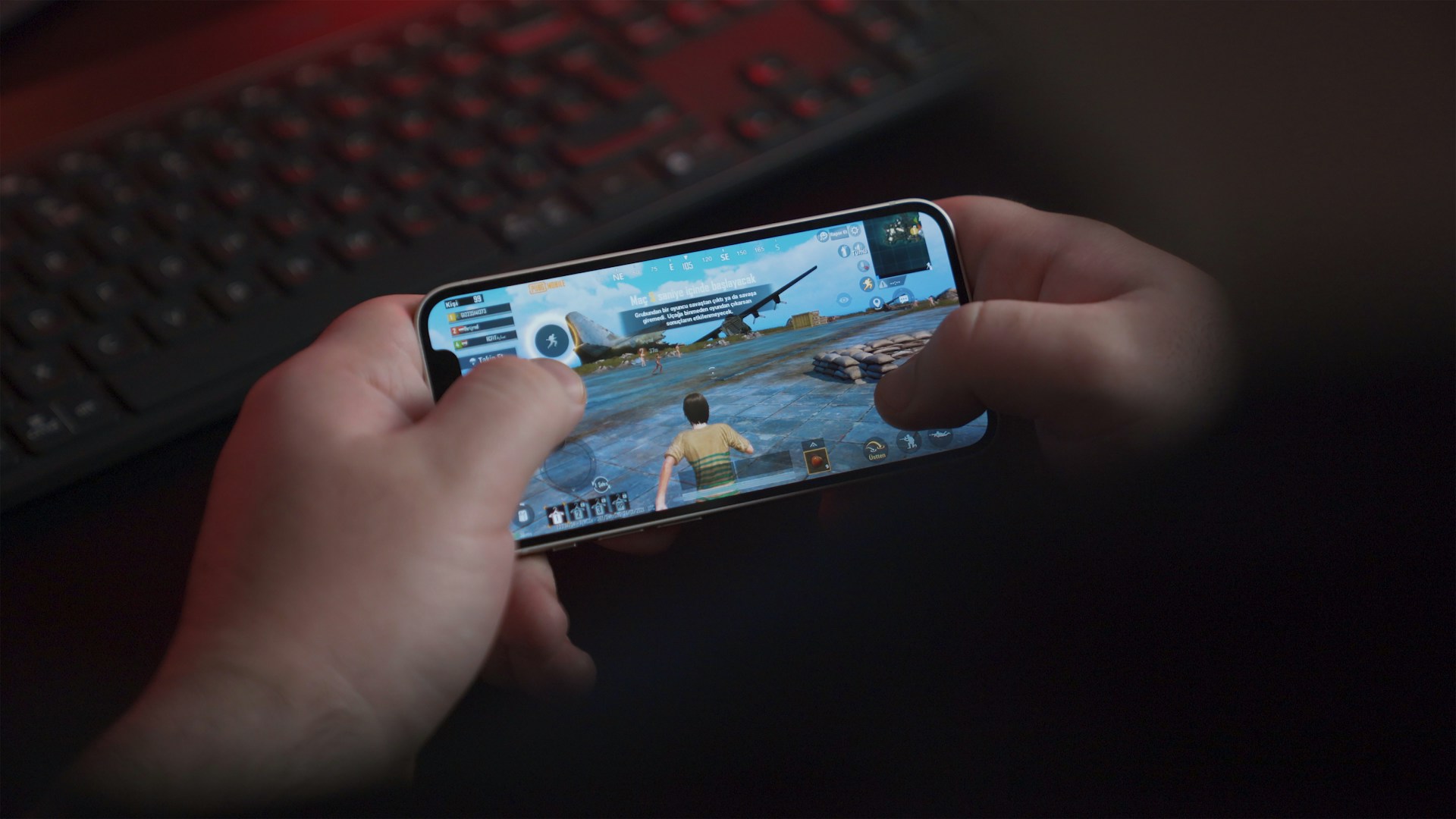The gaming industry has seen a transformative revolution with the advent of real-time ray tracing. Initially the domain of high-end gaming rigs and blockbuster titles, ray tracing has now started making its way into mobile games. This article delves into the best practices for integrating real-time ray tracing in mobile games, offering a comprehensive guide for developers looking to harness this tracing technology on portable devices.
Understanding Real-Time Ray Tracing in Mobile Games
Before diving into the best practices, it’s crucial to understand what real-time ray tracing actually entails. Unlike traditional computer graphics, which rely on rasterization, ray tracing simulates how light interacts with objects, creating more realistic shadows, reflections, and global illumination. This technology has been a game-changer for desktop gaming but presents unique challenges when implemented on mobile platforms with limited hardware capabilities.
Also read : How can real-time physics simulations improve the realism of combat mechanics in action games?
The acceleration structure is a key component that enhances the efficiency of ray tracing by organizing the scene’s geometry in a way that accelerates ray-surface intersection tests. As mobile devices have less processing power compared to desktop systems, it’s imperative to optimize these structures for smoother performance.
Optimizing Performance and Battery Life
Integrating real-time ray tracing in mobile games can be demanding on hardware. To achieve a balance between stunning visuals and usable performance, developers must adopt several optimization techniques.
Also to discover : How can AI-driven procedural generation improve the variety of quests in RPGs?
One effective method is the use of hybrid rendering techniques. Instead of relying entirely on ray tracing, combine it with traditional rasterization. This approach allows you to use ray tracing selectively for elements like reflections or shadows, reducing the overall computational load.
Additionally, consider employing variable rate shading. This technique dynamically adjusts the shading rate based on the complexity of the scene, allowing you to prioritize critical elements while conserving processing power and battery life.
Furthermore, leveraging Vulkan ray tracing can offer significant benefits. Vulkan’s API provides low-level access to the GPU, enabling more efficient use of available resources. This can result in better performance and reduced energy consumption.
Lastly, thorough profiling and testing are essential. Use tools like RenderDoc or ARM Mobile Studio to identify performance bottlenecks and optimize your code accordingly. This ensures that your game runs smoothly across a wide range of mobile devices without excessive battery drain.
Balancing Visual Fidelity and Performance
One of the primary challenges in integrating ray tracing in mobile games is striking the right balance between visual fidelity and performance. While ray tracing can produce stunning visuals, it’s crucial to ensure that the game remains playable on various mobile devices.
To achieve this balance, consider implementing scalable ray tracing effects. Offer players multiple graphical settings that adjust the intensity of ray tracing effects based on their device’s capabilities. This approach allows users with high-end devices to enjoy the full benefits of ray tracing while ensuring that those with older or less powerful hardware can still experience smooth gameplay.
Another effective strategy is the use of denoising algorithms. Ray tracing inherently generates noise due to the limited number of rays that can be cast in real-time. By applying advanced denoising techniques, you can achieve cleaner and more visually appealing results without significantly impacting performance.
Moreover, adaptive ray tracing is worth exploring. Adjust the number of rays cast per pixel based on the scene’s complexity and the player’s interaction. For instance, reduce the ray count in less critical areas or during fast-paced gameplay moments when the player’s focus is on actions rather than intricate details.
Leveraging Hardware and Software Innovations
The rapid advancements in mobile hardware and software offer exciting opportunities for integrating real-time ray tracing more efficiently.
Modern mobile GPUs, such as Qualcomm’s Adreno series or Apple’s A-series chips, now come equipped with specialized ray tracing capabilities. To fully leverage these features, stay updated with hardware advancements and optimize your game’s ray tracing implementation accordingly. This ensures that your game takes full advantage of the latest technological innovations.
In addition to hardware advancements, software innovations play a crucial role. Vulkan ray tracing, as mentioned earlier, is a prime example. Vulkan’s low-level API access allows for more efficient and flexible ray tracing integration. Stay informed about updates and improvements to ray tracing APIs and adopt them to keep your game at the cutting edge.
Collaboration and knowledge sharing within the gaming community are also vital. Engaging with other developers through forums, conferences, and online communities can provide valuable insights and innovative solutions to common challenges. Sharing experiences and best practices can collectively elevate the quality of ray-traced mobile games.
Embracing Creativity and Innovation
While technical optimization is crucial, don’t forget to embrace creativity and innovation in your ray-traced mobile games. The unique capabilities of real-time ray tracing open up new possibilities for game design and storytelling.
Experiment with dynamic lighting to create immersive and realistic environments. Use ray tracing to simulate the intricate interplay of light and shadows, enhancing the atmosphere and mood of your game. Imagine a horror game where ray-traced lighting intensifies the suspense by casting eerie shadows that react to the player’s movements.
Consider incorporating interactive reflections and refractions. These effects can add an extra layer of realism to water bodies, glass surfaces, and reflective materials. Players will appreciate the attention to detail, and it can significantly enhance the overall gaming experience.
Moreover, use ray tracing to enhance cutscenes and cinematics. The cinematic quality of ray-traced visuals can make storytelling more engaging and emotionally impactful. Imagine a dramatic moment where a character’s reflection in a shattered mirror adds depth to the narrative.
Ultimately, the goal is to create a visually stunning and immersive experience for players. While technical challenges exist, embracing creativity and innovation can set your game apart and leave a lasting impression.
In conclusion, the integration of real-time ray tracing in mobile games offers a thrilling frontier for game developers. By understanding the intricacies of this technology and adopting best practices, you can achieve a harmonious balance between stunning visuals and optimal performance.
Optimize performance and battery life through hybrid rendering techniques, variable rate shading, and Vulkan ray tracing. Balance visual fidelity and performance with scalable effects, denoising algorithms, and adaptive ray tracing. Leverage hardware and software innovations by staying updated with advancements and collaborating with the gaming community.
Most importantly, embrace creativity and innovation to craft immersive and visually captivating experiences. Real-time ray tracing has the potential to revolutionize mobile gaming, and with the right approach, you can create games that celebrate the beauty of tracing technology while supporting the love of gaming among players.
As we navigate the exciting landscape of ray-traced mobile games, let us celebrate and support the power of creativity and innovation. By letting longer development cycles and celebrating longer contributions, we can shape the future of mobile gaming and deliver unforgettable experiences to players worldwide.
Remember: The next generation of mobile games is not just about technology; it’s about the art of storytelling and the magic of computer graphics. So, embark on this journey with passion, and let your games shine with the brilliance of real-time ray tracing.











